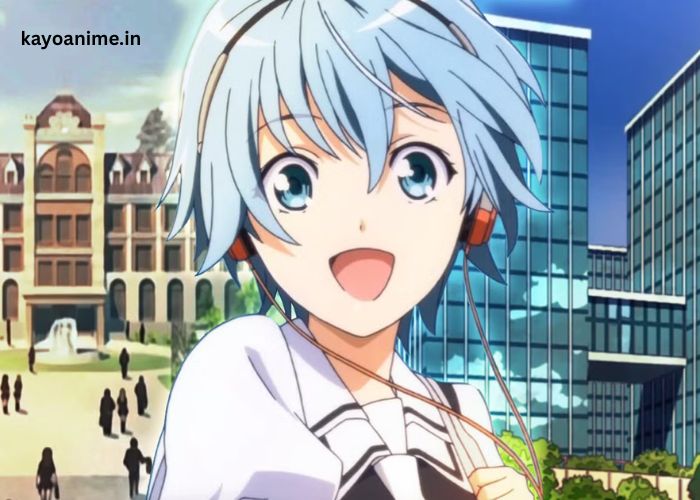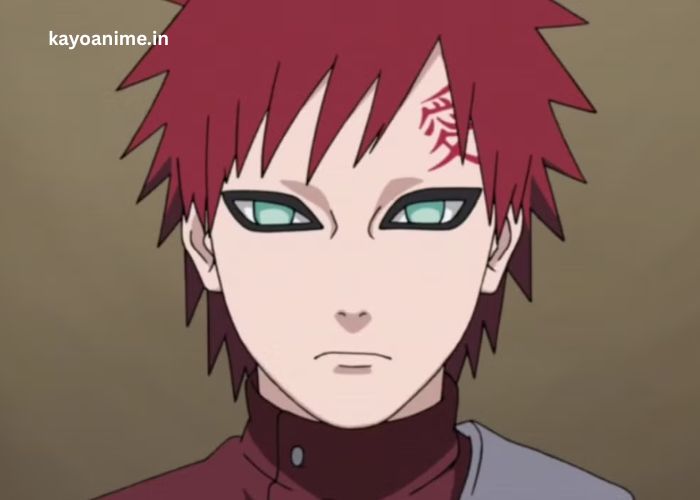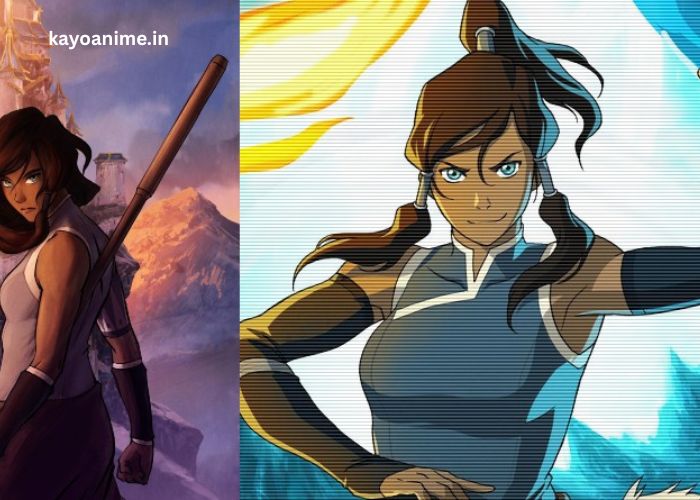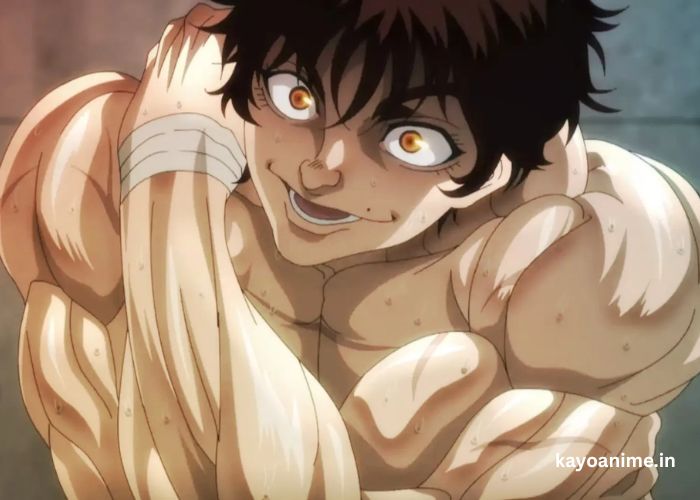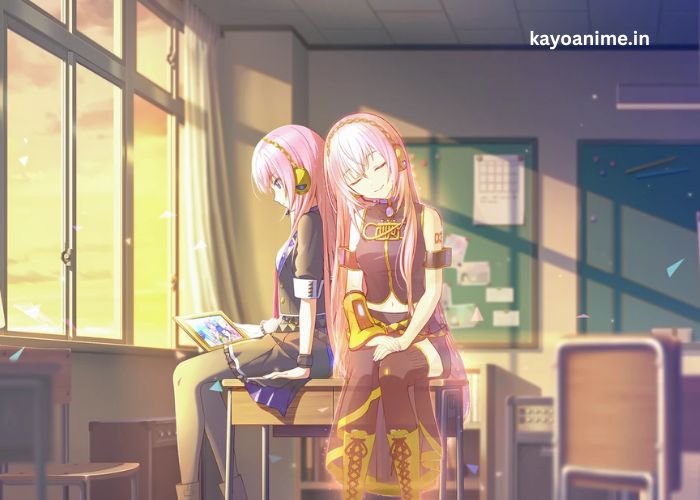Japanese anime has taken the world by storm. From colorful characters to deep emotional storylines, anime is more than just cartoons — it is a cultural experience. Anime Academy – Explore the World of Japanese Anime is an educational series that teaches fans, beginners, and students everything about anime in an easy-to-understand way. Whether you’re curious about how anime is made or want to know the meaning behind its storytelling, this guide is here to help.
In this blog post, we will break down anime into several key areas, including its origins, major genres, artistic style, and cultural impact. We’ll also use simple language so anyone can follow along — even if you’re brand new to anime.
Key Points:
- Anime is a mix of art, story, and culture.
- It has fans all over the world.
- Learning about anime helps you enjoy it more.
What Is the Origin of Japanese Anime?
Anime in Japan began in the early 20th century. It started with short films, often black and white, and without sound. One of the earliest known anime is Namakura Gatana from 1917. As time went on, technology improved, and so did anime. By the 1960s, shows like Astro Boy by Osamu Tezuka made anime a recognized art form.
Osamu Tezuka is known as the “God of Manga” and played a major role in shaping anime storytelling. His style, which includes large expressive eyes and emotional characters, influenced many creators. In the 1980s and 1990s, anime grew popular with titles like Dragon Ball, Sailor Moon, and Pokémon.
Today, anime is a billion-dollar industry. Studios such as Studio Ghibli, Toei Animation, and Kyoto Animation are known worldwide. With platforms like Crunchyroll and Netflix offering anime streaming, fans from every continent can now watch Japanese anime easily.
| Time Period | Key Event or Title | Impact on Anime Culture |
| 1917–1940s | Namakura Gatana | Early anime film, silent format |
| 1960s | Astro Boy | Introduced modern anime style |
| 1980s–1990s | Dragon Ball, Sailor Moon | Brought anime to global fans |
| 2000s–Today | Streaming platforms | Easy access for global audiences |
Note: Anime history reflects how Japan’s art and culture evolved with technology.
What Are The Most Popular Anime Genres?
Anime comes in many genres. These genres help viewers choose the type of story they want to watch. Some anime are made for kids, while others are for adults. Below are the most common anime genres and their meanings:
| Genre | Description | Example Series |
| Shonen | Action-packed, aimed at teen boys | Naruto, My Hero Academia |
| Shojo | Romantic, focuses on emotions | Fruits Basket, Ouran High School Host Club |
| Seinen | Mature themes, for adult men | Tokyo Ghoul, Berserk |
| Josei | Realistic romance, for adult women | Nana, Paradise Kiss |
| Isekai | Character sent to another world | Re:Zero, Sword Art Online |
| Slice of Life | Daily life and personal growth | Clannad, Barakamon |
Each genre has unique storytelling methods. For example, shonen anime often involves a young hero who faces challenges, makes friends, and becomes stronger. On the other hand, slice-of-life anime focuses on quiet moments, like friendships, school, or family life.
Reminder: Watching different genres helps you understand the wide variety of anime stories out there.
How Does Anime Reflect Japanese Culture?
Anime is more than entertainment — it reflects the culture, values, and traditions of Japan. Many anime series show things like Japanese schools, family structures, and even traditional festivals. If you’ve ever watched anime set in a classroom, you’ll notice the school uniforms, bowing, and club activities, which are all real parts of Japanese school life.
Anime also talks about deep topics like honor, friendship, hard work, and sacrifice. These values are deeply rooted in Japanese traditions. Shows like Your Name and Spirited Away mix fantasy with local myths and customs, creating stories that are both beautiful and meaningful.
Even simple things in anime — like food — represent culture. You’ll often see characters eating ramen, using chopsticks, or sitting on tatami mats. These everyday details bring viewers closer to understanding Japanese life.
By watching anime, people from other countries can learn a lot about Japan without visiting. That’s why anime has become a soft power tool — it spreads Japanese ideas and creativity across the world.
What Makes Anime Art Style Unique?
Anime art is very different from Western animation. It uses specific features like large eyes, bright colors, and exaggerated expressions. These visual styles help characters show emotions clearly. For example, when a character is embarrassed, you might see them blush and steam rise from their head — something that wouldn’t happen in real life, but is fun and expressive in anime.
Anime also focuses on backgrounds and mood. Many anime scenes include nature, sky, or city views with detailed artwork. Movies by Studio Ghibli are famous for this — just look at My Neighbor Totoro or Howl’s Moving Castle. They create a dream-like world that feels real and magical at the same time.
Some anime also experiment with animation techniques. For example, Attack on Titan uses bold lines and intense camera movements to show action. Meanwhile, Violet Evergarden is known for its soft lighting and realistic design.
In short, the anime art style is full of emotion, detail, and imagination. It helps turn even simple stories into something visually powerful.
Why Is Anime So Popular Around The World?
The global rise of anime is linked to many factors. First, anime tells universal stories — about growing up, facing fears, or falling in love. No matter where you live, you can relate to these themes. Second, the internet has made anime easier to watch. With subtitles and dubbed versions, fans in different countries can enjoy anime in their own language.
Social media has also helped anime spread. Platforms like TikTok, YouTube, and Instagram are full of anime clips, reviews, and fan art. Anime conventions around the world allow fans to meet, dress as their favorite characters, and celebrate their love for anime together.
Anime also inspires creators in music, fashion, and video games. K-pop idols mention anime influences, and designers create clothes inspired by anime outfits. Even Hollywood has tried adapting anime into movies, though with mixed results.
Finally, anime teaches people to value different cultures and perspectives. Through its stories, viewers learn about emotions, life lessons, and imagination.
Conclusion
Anime Academy gives fans a gateway into the heart of Japanese animation. From learning about history to exploring genres and understanding the artistic style, anime offers more than just visual entertainment. It is a connection to another culture and a tool to learn storytelling in a new way.
Anime has grown from a local art form to a global phenomenon. Whether you are a beginner or a long-time fan, there is always something new to learn from anime. So next time you watch a new episode, think about the history, the art, and the culture behind it.
FAQ’s
- What Is Anime Academy?
Anime Academy is an educational series that explains everything about Japanese anime, including its history, genres, and culture, in a simple and fun way. - How Do I Start Watching Anime?
Start with popular beginner-friendly shows like My Hero Academia, One Piece, or Spirited Away. Use streaming platforms like Crunchyroll or Netflix. - Is Anime Only for Kids?
No, anime has shows for all age groups. There are anime for kids, teens, and adults — each with different themes and stories. - Can Anime Help Me Learn Japanese Culture?
Yes, anime shows Japanese customs, food, schools, and holidays. Watching anime is a fun way to learn about Japan. - What Makes Anime Different from Cartoons?
Anime often focuses on deep stories, character development, and unique art styles, while Western cartoons are usually short and comedic.

